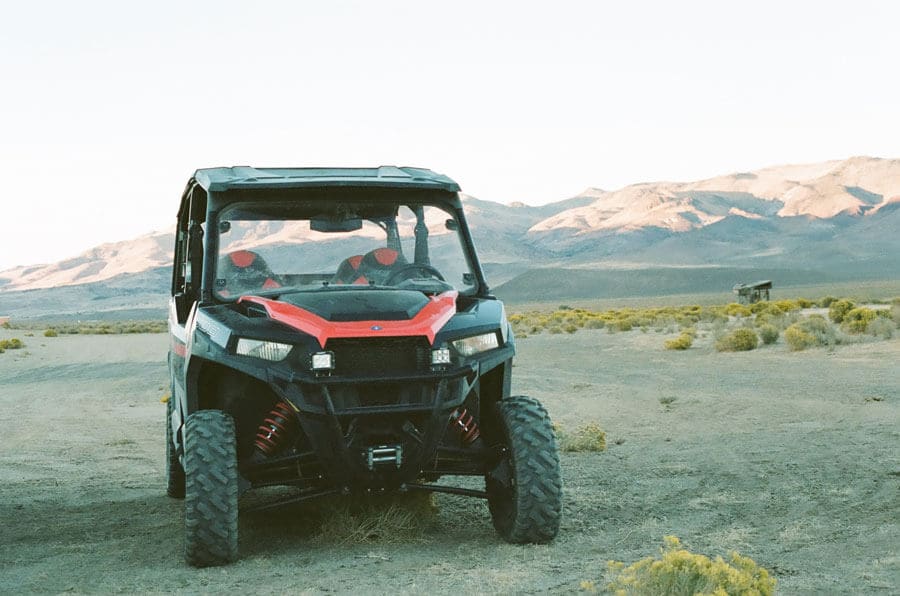
So you’ve got yourself a shiny new (or new-to-you) off road vehicle and can’t wait to hit the Ontario trails.
Not so fast! Before you load up your ATV, you’re going to need to do a bit of reading up on the rules and guidelines for riding in Ontario. Better to do it now than risk any fines because you didn’t.
Rules for Riders
First things first, the rules for you as the rider. You must wear a proper motorcycle helmet – no bicycle helmets or hockey helmets – for off-road riding, and you must obey the rules of the road.
To ride off-road, you must:
- Be at least 12 years old
- Have the registration for the vehicle with you.
To drive your off-road vehicle on-road (such as along a highway), you must:
- Be at least 16 years old
- Have a valid G2 or M2 driver’s license.
Pretty straight forward so far, right?
Rules for Your Off-Road Vehicle
Next are the rules for your off-road vehicle. An off-road vehicle must:
- Be less than 1.35 metres wide (excluding the mirrors)
- Weigh no more than 450 kg
- Have low pressure bearing tires.
The vehicle needs to have a proper service brake, parking brake, and parking mechanism, as well as rear brake lights. The vehicle also needs to be properly registered with a rear license plate and insured under a motor vehicle insurance policy.
These rules are all pretty standard. Odds are your off-road vehicle meets these requirements already.
Rules for Riding On-Road
There likely will be times when you’ll have to take your off-road vehicle onto a road, and if so, Ontario has specific rules for you to follow.
Firstly, you can only take your ride onto certain highways, including the 500 to 899 highways, the 7000 series highways, and other low traffic volume highways. Obviously, you can’t take your off road vehicle on the 400 series highways, Queen Elizabeth Way, or sections of the Trans-Canada Highway.
When you do drive on a highway, you need to:
- Stay on the shoulder if there is one
- Drive with the flow of traffic
- Have your headlights and tail lights turned on.
Speed Limits for Off-Road Vehicles
The speed limit for off-road vehicles is different from regular vehicles. If the posted speed limit is 50km/h or less, you must drive your off road vehicle at 20 km/h. If the posted speed limit is over 50km/h, your top speed is 50km/h.
Other Things to Remember
Much like you would when driving your car or truck, make sure your off road vehicle has enough fuel, fluid levels are good, and tires are inflated enough before you head out to the trails. And as with driving your regular vehicle, hold off on the alcohol until you get home, impaired driving is illegal no matter what kind of vehicle you drive.


